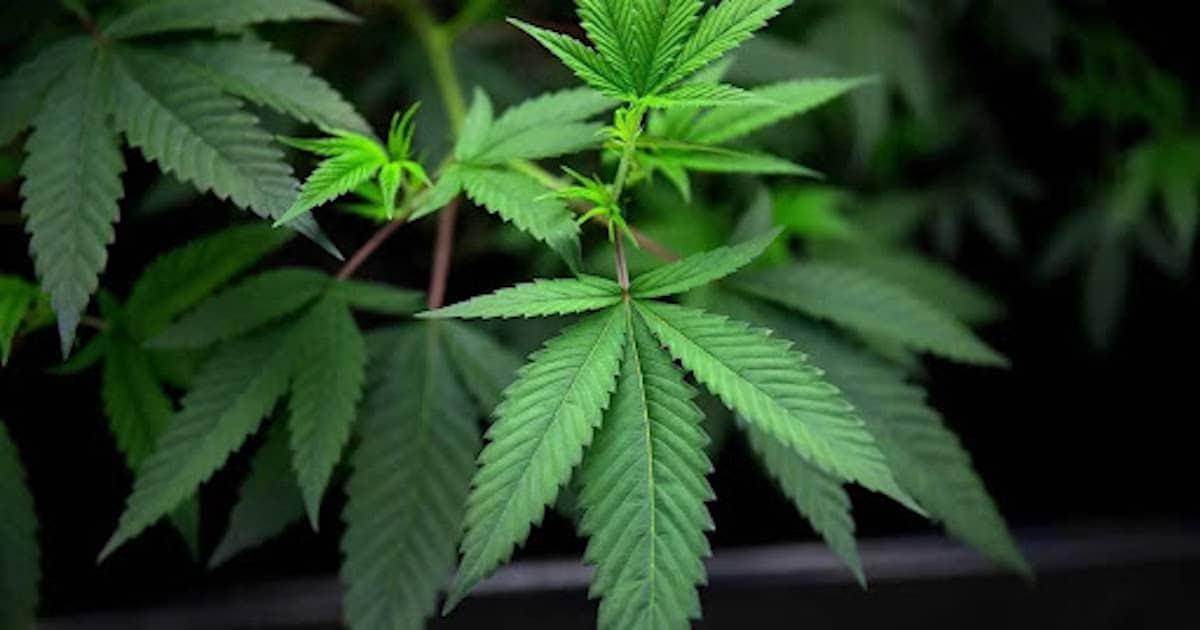Table of Contents
Chicago, a city steeped in history, culture, and innovation, has emerged as a beacon of progress in cannabis legalization.
Cannabis has blossomed into a legal and regulated industry, transforming the city’s landscape and challenging old stereotypes. Like a phoenix rising from the ashes, Chicago has embraced the green revolution, marking a significant turning point in its history.
Chicagoans now have the freedom to explore the world of cannabis in a way unimaginable just a few years ago. Thanks to the passage of the Illinois Cannabis Regulation and Tax Act, Windy City has opened its arms to the legalization of recreational cannabis, joining a growing number of states pioneering a progressive approach.
This groundbreaking legislation has sparked a wave of excitement among residents and tourists alike, with dispensaries springing up like wildflowers throughout the city. From the trendy neighborhoods of Lincoln Park to the vibrant streets of Wicker Park, Chicagoans can now indulge in a curated selection of high-quality cannabis products, from flowers to edibles and everything in between.
Moreover, legalization has brought economic prosperity, with job opportunities, tax revenues, and investments flooding the city. By fostering a regulated and responsible cannabis industry, Chicago has shown the world the power of progressive policies that balance personal freedom with public safety.
Recreational Marijuana Legalization in Illinois
Yes, weed is legal for both medical and recreational use in Chicago, Illinois. Illinois became the 11th state to legalize recreational marijuana on January 1, 2020. The state’s legislation allows individuals aged 21 and above to possess and consume cannabis products within specific limits.
An important turning point for the city of Chicago was the legalization of recreational marijuana. The legislation aimed to regulate and tax the cannabis industry while addressing social equity concerns and providing opportunities for communities disproportionately affected by the war on drugs.
Exploring the Cannabis Product Options
In Chicago, you can purchase various marijuana products, each offering a unique way to consume cannabis. Understanding the options available can help you make informed choices based on your preferences and desired effects. Here are some of the most common weed products you can find in Chicago:
Flower: Also known as “buds” or “nugs,” the flower is the dried and cured form of the marijuana plant. It can be smoked, vaporized, or used to make edibles and concentrates. Flower products come in various strains, each with a combination of cannabinoids and terpenes, which contribute to different effects and flavors.
Edibles: These are food and beverage products infused with cannabis extracts. Edibles come in various forms, such as cookies, chocolates, gummies, and drinks. They provide an alternative to smoking or vaping and offer a discreet and convenient way to consume marijuana. It’s essential to start with a low dosage and wait for the effects to kick in before consuming more, as edibles can have a delayed onset.
Concentrates: Concentrates are potent forms of cannabis that have been extracted to contain higher levels of cannabinoids. Examples include oils, waxes, shatter, and hash. Concentrates are typically consumed by vaporizing or dabbing, which involves heating the concentrate and inhaling the resulting vapor. Due to their high potency, concentrates are popular among experienced users seeking intense effects.
Topicals: Marijuana-infused topicals are products designed to be applied to the skin, such as lotions, balms, and creams. They are commonly used for localized pain relief or as a skincare option. Topicals typically do not produce psychoactive effects since the cannabinoids do not penetrate the bloodstream.
Understanding Possession Limits
In Chicago, the amount of weed you can buy is regulated by state laws. Knowing the possession limits is important to ensure compliance and avoid legal issues. Here are the possession limits for recreational users in Chicago:
Flower: Adults aged 21 and above can possess up to 30 grams (approximately one ounce) of cannabis flower. This limit applies to the total amount of marijuana flower you can have in your possession.
Edibles: The limit for cannabis-infused edibles is 500 milligrams of THC, the psychoactive compound in marijuana. This limit applies to the product’s total THC content, not the edible’s weight. It’s crucial to check the THC content and serving size information on edible packaging to ensure you stay within the legal limits.
Concentrates: The maximum limit for cannabis concentrates is 5 grams of THC. Similar to edibles, it’s essential to consider the potency of the concentrate to determine how much THC it contains.
Topicals: No specific limits exist on how much cannabis-infused topicals you can possess. However, using topicals responsibly and following the recommended application guidelines is always advisable.
It’s important to remember that these possession limits are for personal use and apply to adults aged 21 and above. It is illegal to sell or provide marijuana to individuals under 21.
What weed is legal in Illinois, Final thoughts
Weed is legal for both medical and recreational use in Chicago, Illinois. The state’s legislation allows individuals aged 21 and above to possess and consume cannabis products within specific limits. Chicago residents and visitors can explore weed products, including flowers, edibles, concentrates, and topicals. However, adhering to the possession limits set by state laws to avoid legal complications is crucial. You can check here some of the top hemp brands.
As attitudes towards marijuana continue to evolve, staying updated on the latest laws and regulations is always advisable to ensure compliance and responsible consumption. Whether you’re a first-time user or an experienced enthusiast, you must make informed choices, consider your personal preferences, and consume marijuana responsibly to maximize its benefits and minimize potential risks.
Image Credit: Source


